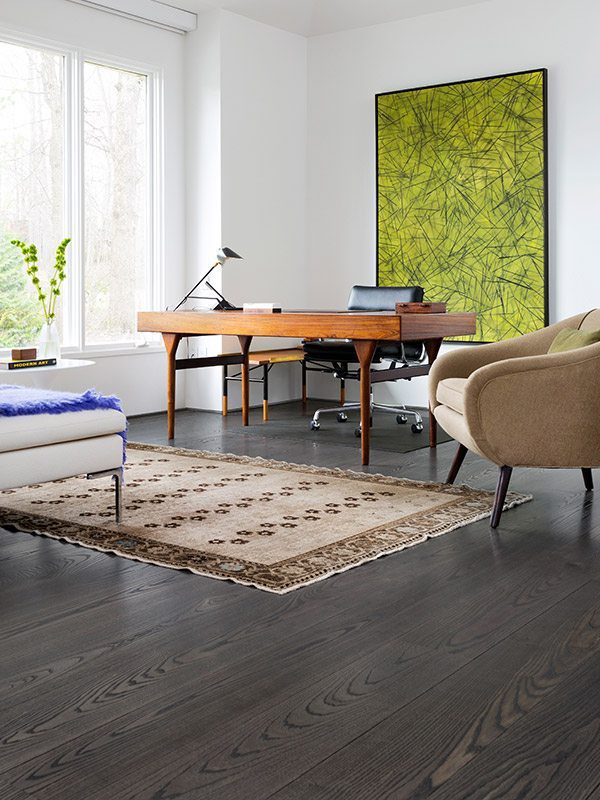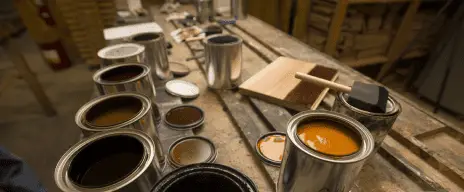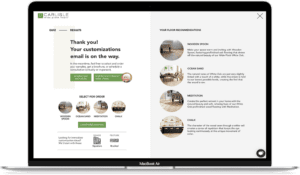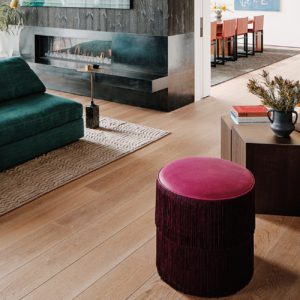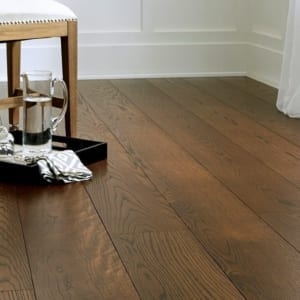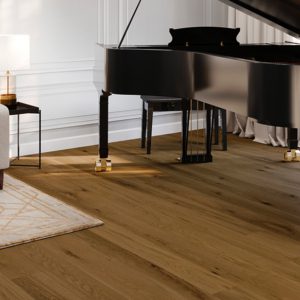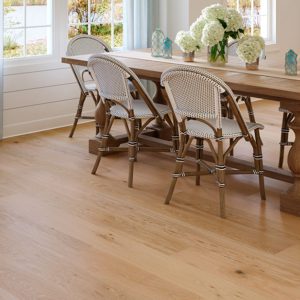From luxury homes to commercial interiors, browse an extensive collection of the wide plank flooring that we have designed and crafted for clients all over the world. Find inspiration then save it to your own personal library of images to share for further design exploration and planning.
Design Spotlight: Architect Alexander Butler, AB|DS
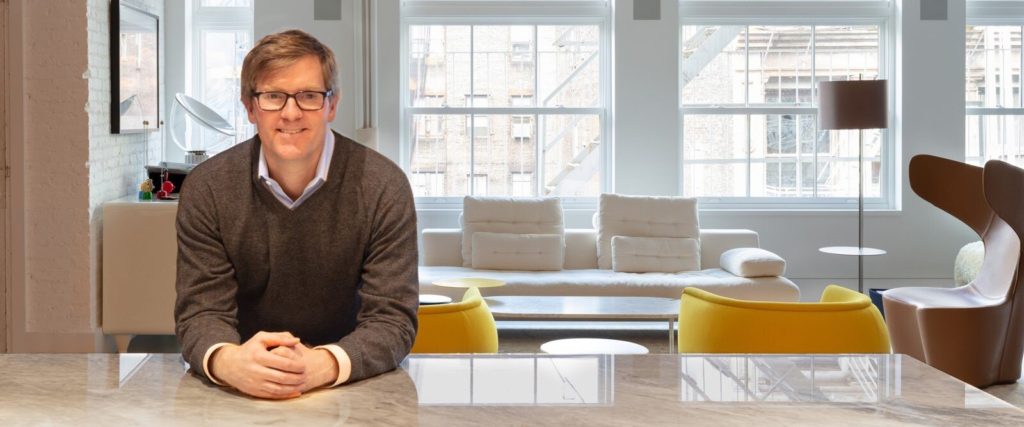
When New York City design firm AB|DS was charged with transforming an outdated Bedford, NY home, the flooring played a pivotal role. “The floor is so critical when designing spaces and wood flooring in particular creates a connection to nature,” explains the firm’s founder, Alexander (Alex) Butler.
Alex specified custom natural White Oak wide plank flooring from Carlisle to visually expand the home’s open floorplan and create a feeling of serenity. See the project profile.
We caught up with Alex for a Q&A to discuss the project and his approach to design.
Q: You use wide plank flooring in the Bedford home and many of your other projects. Why?
AB: I’m drawn to the essence and intrinsic beauty of natural wood. The wider the plank, the more tree you get and the more character you see. Wide plank flooring is really a beautiful application of natural elements, and every timber is a unique experience.
In general, I prefer to work with an open plan layout as opposed to a more Victorian room-by-room arrangement. I like a visual extension of space and wide plank floors– especially when they’re lighter in color – really enhance those spaces. I can then change up the straight run floor pattern to a chevron or herringbone flooring pattern or perhaps define space with a border in order to further delineate the ‘rooms’ in the open plan.
Q: Are there any wood species/finishes/colors that you gravitate to?
AB: It definitely depends on the application and the client’s preferences. Personally, I love Oak because I feel it’s a very authentic, everyman’s wood. Then I love Walnut for its sophistication. And Hickory for the variation in the planks and the organic figuring. Each species plays a role.
I generally prefer to go with medium to lighter, fresher colors. I’ve used a raw, clear matte look on a country project, which lets you really see and feel the grain. I’ve also used more of a satin finish for a Manhattan high rise project, where the idea was more of a consistent field of color & tone. It’s always very contextual.
Q: It seems that the pandemic has made biophilic design – design that increases connection with the natural world – more important than ever. How do you incorporate biophilic design into your projects?
AB: I love using authentic materials and I try to incorporate as much natural light as possible in the spaces I design. I gravitate toward materials that are tactile and evoke feeling, emotion and even memory. Natural wood veneers, marble countertops, and of course wide plank flooring are perfect for that.

This ties in with the concept of phenomenology which has always fascinated me, and which is a theory that focuses on the human experience and what creates meaning. For instance, for me personally, the crunch of gravel under my feet always reminds me of my parents’ house and the pathway to the garden in the back, and a cool, polished marble will forever trigger memories of my grandparents’ foyer in their ultra-modern house. These, of course, are very contextual and individual but in general, Architecture as experience is a powerful idea for me, and so I’ve always got a part of me thinking about what might make a memory for my clients (and especially my clients’ children) down the road.
Q: Do you think the pandemic has changed home design?
AB: Well, despite my affinity for and previous trends toward more open designs, I am seeing a movement towards spaces that are more defined again. Recent circumstances have undoubtedly played a role in that shift. Perhaps the happy medium will be flexible spaces – in lieu of walls, you can have sliding systems to open up or enclose rooms, for instance or maybe there will be more customization like convertible furniture and workspace millwork that can be brought out or put away on demand.
But that’s the beauty of design – it’s always evolving.
Q: Has wellness/sustainable design become a priority among your clients?
A: More people are paying attention to wellness and the impact of their choices on the planet. It’s hardly a tradeoff any longer, and I think this trend is only going to continue to grow.
I often present material options to clients with wellness in mind. When you source building products, you want to use low or ideally zero VOC materials, certainly those that do not off-gas and cradle-to-cradle products where possible. It’s also important to avoid waste and throwing out products and materials at the end of their useful life so we partner with companies that can reuse, resell, and recycle things like appliances, rather than simply throwing them in the landfill with the other demo materials.
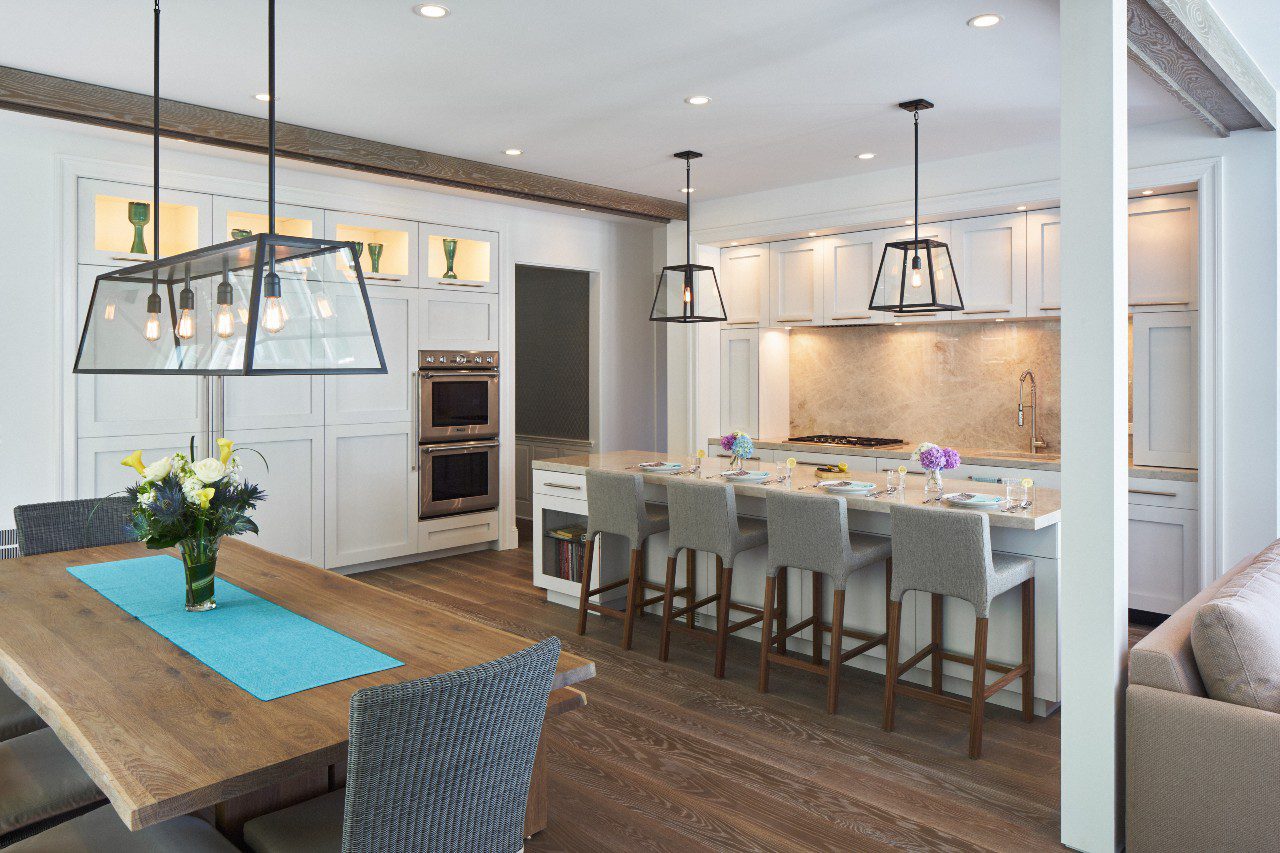
Q: What are the biggest influences on/inspirations for your design approach?
AB: Design is always a collaborative exercise with the client and a very personal experience. We work directly together to create spaces that support and enhance the client’s lifestyle. The client brings the inspiration for the real living moments in the architecture. That’s the heart of it.
From a professional point of view, I was taught early that scale and proportion are absolutely critical to the design of any space. I built upon this foundation during a stint in Italy studying Andrea Palladio’s approach to architecture. Palladio’s work was strongly rooted in proportion, symmetry, perspective and the human scale, which he in turn derived from the early classical architecture of the ancient Greeks and Romans. Essentially, he posited that there are rules and proportions and elements that are pleasing to the eye and those that aren’t. I always try to work within these rules whenever I’m designing.
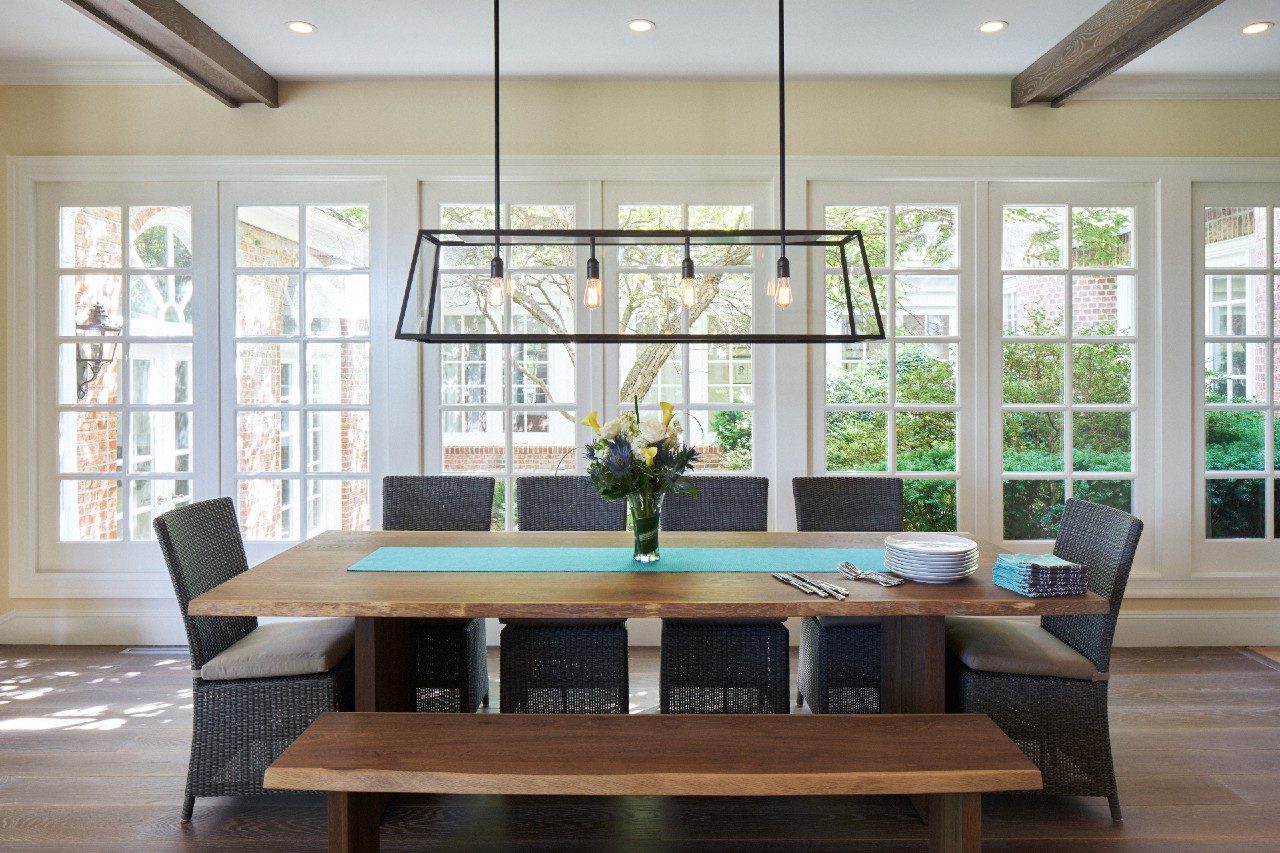
A final inspiration comes from my first job out of architecture school with the NYC-based office of Robert A.M. Stern. His work was typically traditional in style, but deeper than that was the foundation of ‘why’ those elements were the way they were. Every project began with a rigorous precedent study that was as intensive as any Architectural History course I ever had. That pre-design work is a cornerstone of my practice still to this day. These traditional precedents were not only beautiful, but they were timeless, and they were timeless because they were purposeful. I am a modernist at heart, but I am better at it because of my traditional foundations.
Q: Carlisle has been honored to work with you on quite a few projects. Could I ask you to share what you like about working with us?
AB: Carlisle’s customer service has always been exceptional. The team is very helpful on the front end when we talk about criteria for a specific project. They come to the table prepared with a variety of options and are very flexible when I want to tweak their Collections and create a more customized floor. Plus, the showroom design and way that Carlisle showcases its products makes it easy for clients to visualize their space with the flooring, which I always appreciate.
To learn more about Alexander Butler and see photos of his projects, please visit www.abdsnyc.com
